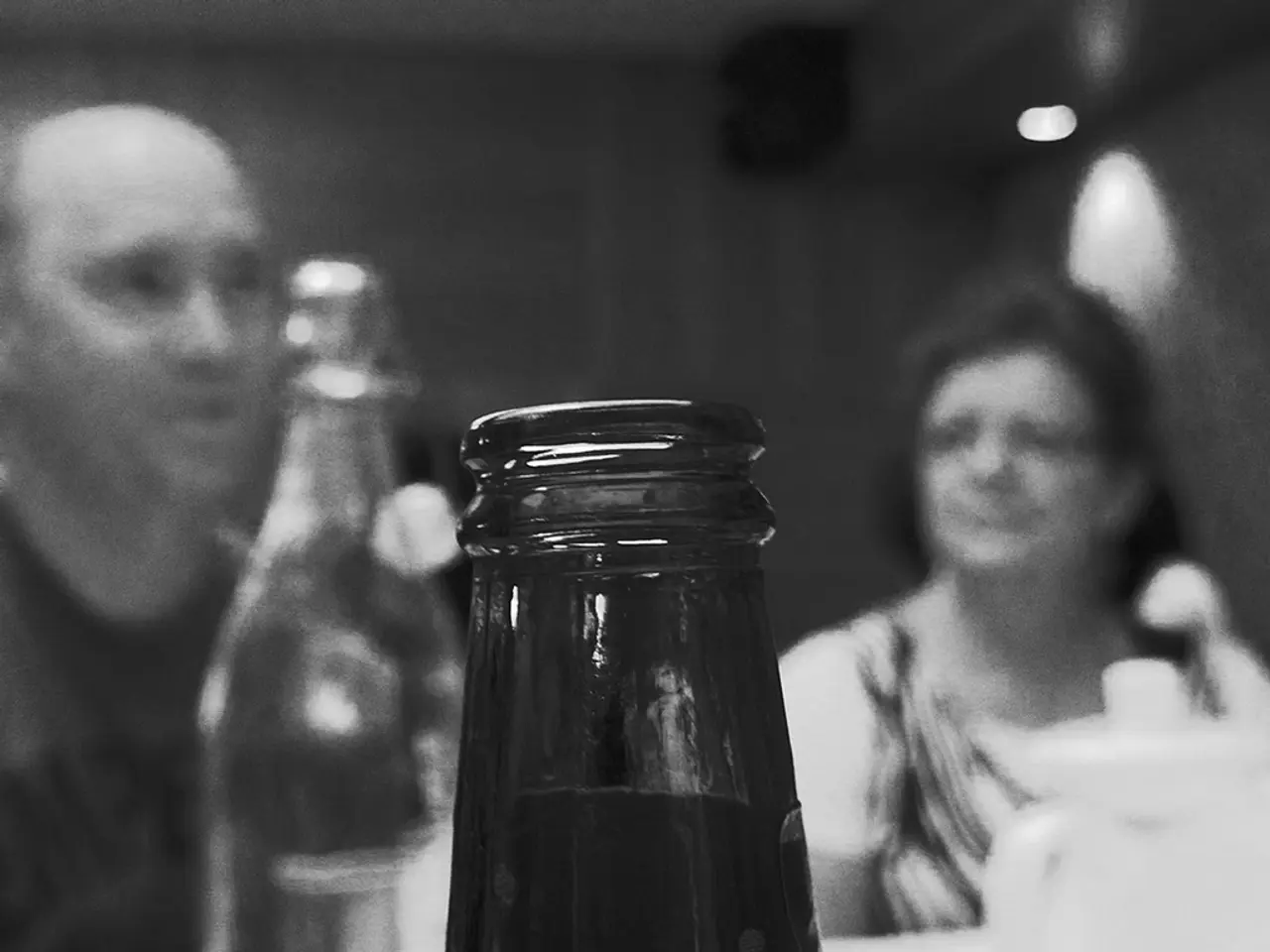Removing warts with duct tape: Effectiveness and the step-by-step process
Duct tape has gained popularity as a home remedy for wart removal, but its effectiveness compared to other treatments remains a topic of debate. The method, known as duct tape occlusion therapy, involves covering the wart with a small piece of duct tape for several days, followed by soaking and rubbing the wart to remove dead skin layers.
While some studies suggest that duct tape can be effective, with approximately 85% of participants experiencing wart removal in children, these results are not universally consistent [1][4]. The American Academy of Dermatology (AAD) highlights that the evidence supporting duct tape's efficacy is mixed, and it may not guarantee wart removal in every case.
When compared to other home and medical treatments, duct tape occlusion therapy is variable in its effectiveness. Here's a brief overview of some common wart treatments and their mechanisms, effectiveness, and notes:
1. Duct tape occlusion therapy: Suffocates wart, removes dead skin | Variable; ~85% in some studies | Easy, inexpensive, mixed evidence 2. Salicylic acid (OTC): Dissolves keratin, stimulates immune response | 50-70% | Needs daily use for weeks 3. Salicylic acid (prescription): Stronger keratolytic effect | 70-80% | For severe warts 4. Cryotherapy (freeze-offs OTC): Freezes wart tissue, kills cells | Quick, but not always fully effective | Useful for fast wart removal 5. Imiquimod (prescription): Stimulates immune system | 50-60% | Often for genital warts 6. Cantharidin (prescription): Causes blistering and wart detachment | 70-80% | Used on hands/feet
Over-the-counter options like salicylic acid preparations and cryotherapy are more consistently effective than duct tape, especially when used as directed over several weeks [1][4]. Other home remedies, such as applying castor oil, banana peel, lemon juice, or vinegar, have less scientific backing and are generally anecdotal.
In conclusion, while duct tape may help some individuals get rid of warts more quickly, it is less reliably effective than standard medical treatments such as salicylic acid or cryotherapy. For persistent or bothersome warts, medical treatments prescribed or performed by healthcare professionals tend to provide more predictable results. If home remedies fail, consulting a healthcare provider for stronger topical agents or procedures is advisable [1][4].
It's essential to remember that warts develop as a result of a viral infection, and the body takes several months or years to mount an immune response against them. Soaking the wart in warm water and filing away the wart's skin before applying salicylic acid can enhance its effectiveness. As always, it's crucial to consult a healthcare provider if warts persist or cause discomfort.
- The effectiveness of duct tape, as a home remedy for wart removal, is variable, with only about 85% of participants experiencing wart removal in children, according to some studies.
- In comparison to duct tape, salicylic acid, both over-the-counter and prescription, have more consistent efficacies, especially when used as directed over several weeks.
- Duct tape occlusion therapy, a method of wart treatment, suffocates the wart and removes dead skin layers, but its effectiveness is mixed, with results not guarantees for every case.
- In addition to duct tape and salicylic acid, cryotherapy is another common home treatment for warts, which freezes the wart tissue to kill cells and can provide quick results, but may not always be fully effective.
- Medical-conditions like atopic dermatitis, diabetes, depression, COPD, and other health-and-wellness issues should be considered when choosing a wart treatment, as they may affect the individual's response to treatment.
- Skin-care is important when treating warts, and applying salicylic acid after soaking the wart in warm water and filing away the wart's skin can enhance its effectiveness.
- If home remedies for warts are not working, it is advisable to consult with a healthcare provider for stronger topical agents or procedures to ensure predictable results.




